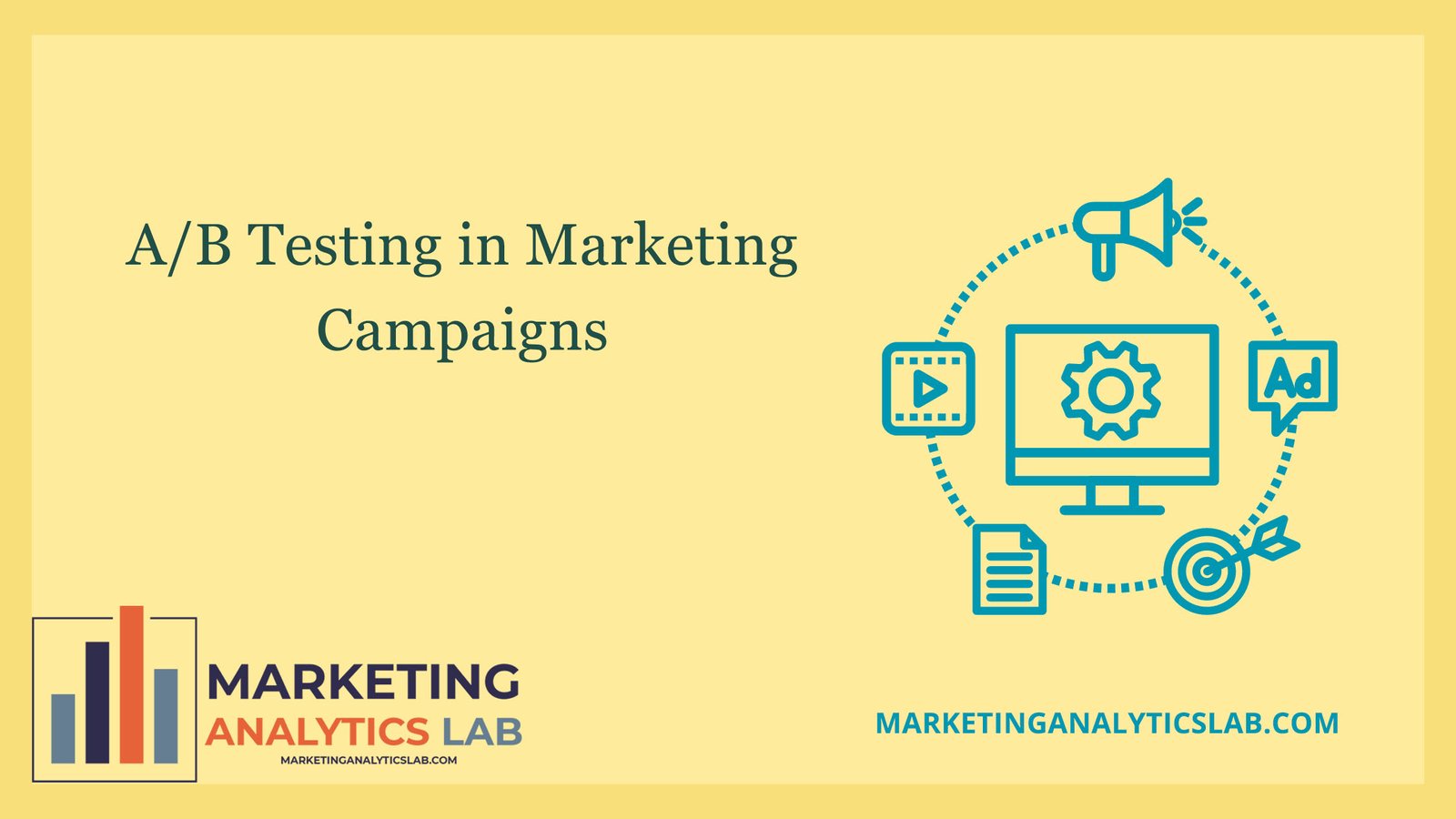Understanding the Basics of A/B Testing in Marketing Campaigns
A/B testing, also known as split testing, is a method used in marketing campaigns to compare two versions of a marketing asset, such as a webpage, email, or advertisement, to determine which one performs better. By dividing your audience into two groups and showing each group a different version of the asset, you can gather valuable data on which version is more effective in achieving the desired outcomes, such as higher click-through rates, conversions, or engagement. This data-driven approach allows marketers to make informed decisions on optimizing their campaigns for better results.
One of the key benefits of A/B testing is its ability to provide concrete evidence on what resonates with your target audience. By testing different variables, such as headlines, images, call-to-action buttons, or even color schemes, marketers can uncover insights into what drives user behavior and decision-making. This information can then be used to refine and improve future marketing efforts, leading to higher ROI and better overall performance. A/B testing is a powerful tool for marketers looking to optimize their campaigns and drive better results.
When conducting A/B tests, it’s important to establish clear goals and metrics to measure the success of each version. Whether you’re looking to increase conversions, improve engagement, or boost click-through rates, having specific objectives will help guide your testing process and ensure that you’re collecting relevant data. Additionally, it’s crucial to run tests for a long enough duration to gather statistically significant results. By testing over a longer period of time, you can account for fluctuations in user behavior and ensure that your findings are reliable and actionable. A well-planned A/B testing strategy can provide valuable insights and drive continuous improvement in your marketing campaigns.
Best Practices for Implementing A/B Testing in Your Marketing Strategy
When implementing A/B testing in your marketing strategy, it’s essential to prioritize testing one variable at a time to accurately measure its impact on performance. By isolating individual elements, such as headlines or images, you can pinpoint which changes have the biggest impact on user behavior and make informed decisions on what to optimize. This approach also allows for clearer interpretation of results and avoids confusion when analyzing data.
Another best practice for A/B testing is to segment your audience based on relevant criteria, such as demographics, location, or past behavior. By tailoring your tests to specific audience segments, you can gain deeper insights into what resonates with different groups and personalize your marketing efforts for maximum effectiveness. This targeted approach can help you create more relevant and engaging experiences for your customers, leading to higher conversion rates and improved ROI.
It’s also important to continuously monitor and analyze the results of your A/B tests to identify trends and patterns that can inform future marketing strategies. By regularly reviewing performance data and iterating on your tests, you can refine your campaigns over time and optimize for better results. Additionally, it’s crucial to document your testing process and findings to build a knowledge base for your team and establish best practices for future tests. By following these best practices, you can leverage the power of A/B testing to drive success in your marketing campaigns.

